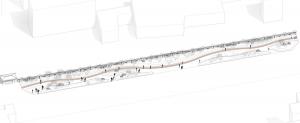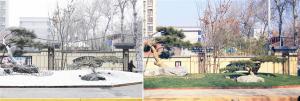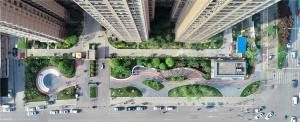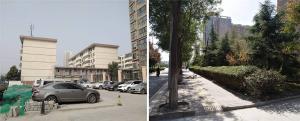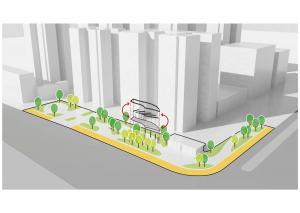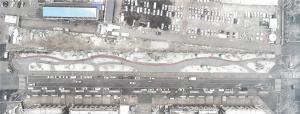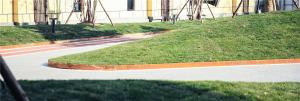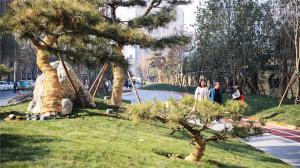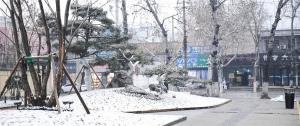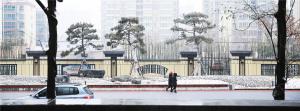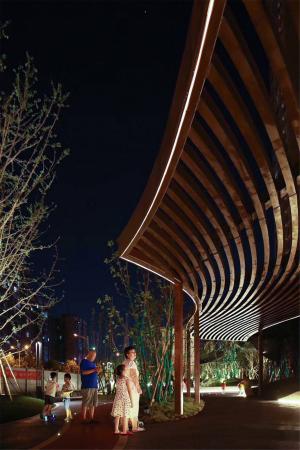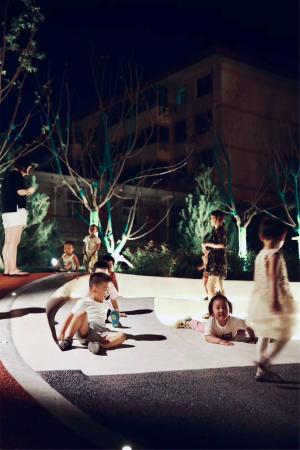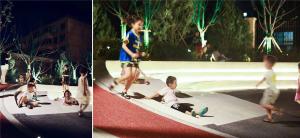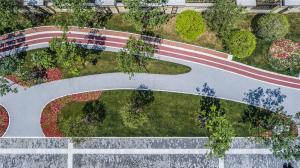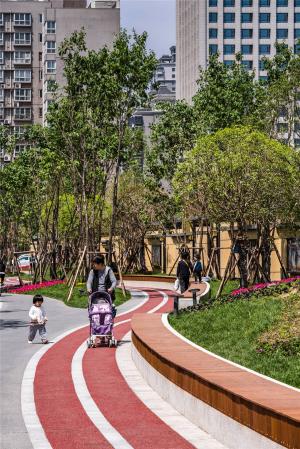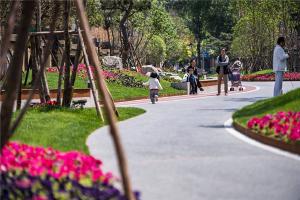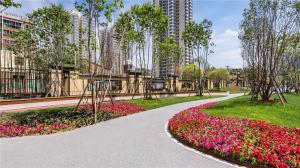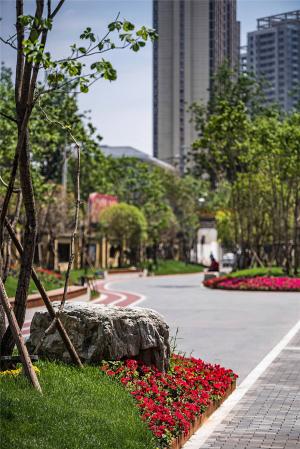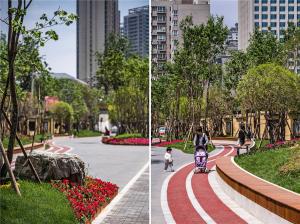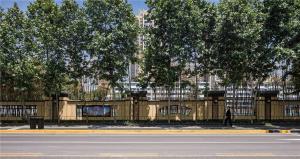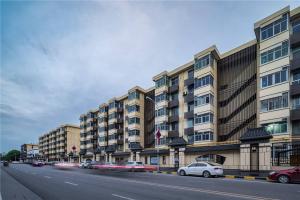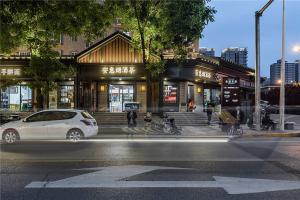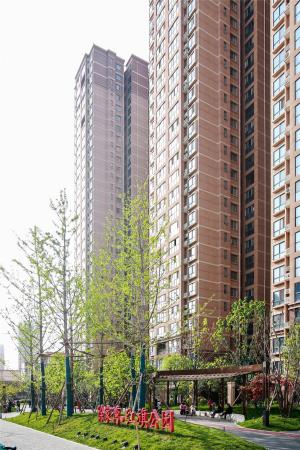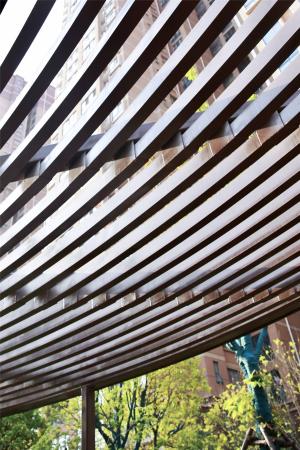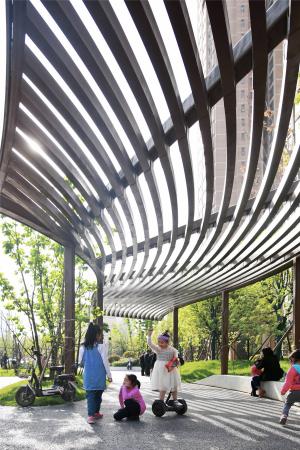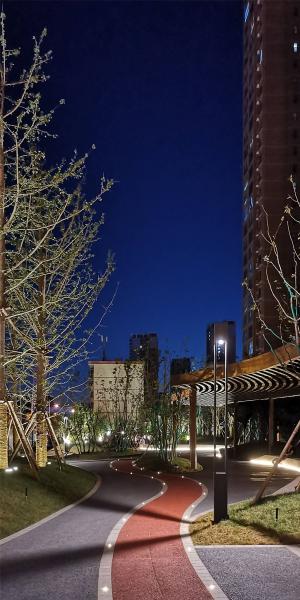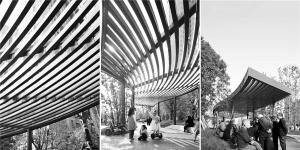“向北��,可以把皇城空出來(lái)��?�!?/strong>
舒展開(kāi)身體�,拉一拉筋骨����,西安這座最古老的城市���,把目光投向了北方。
“Going north to vacate the imperial city”
Stretching its bones, Xi’an, the oldest city in China, has turned its eye toward north.
基于皇城復(fù)興及市政府北遷的影響���,西安城北原有大量城中村及老舊建筑的徐家灣片區(qū)逐漸進(jìn)入了人們的視野���。因其搭載高鐵站與機(jī)場(chǎng)雙重交通樞紐,直通第十四屆全運(yùn)會(huì)會(huì)址的區(qū)位特殊性����,道路空間及街景改善成為了本區(qū)域城市改造的當(dāng)務(wù)之急。
Located in north is an area called Xujiawan, where “villages” in the city and old worn buildings abound. Revitalization of the imperial city and migration of the municipal government to north has gradually brought people’s attention here. This is a special place serving as the transportation hub of high-speed train stations and airports and having direct access to the fourteenth National Games site; therefore, it becomes urgent to improve the area’s road space and streetscape.
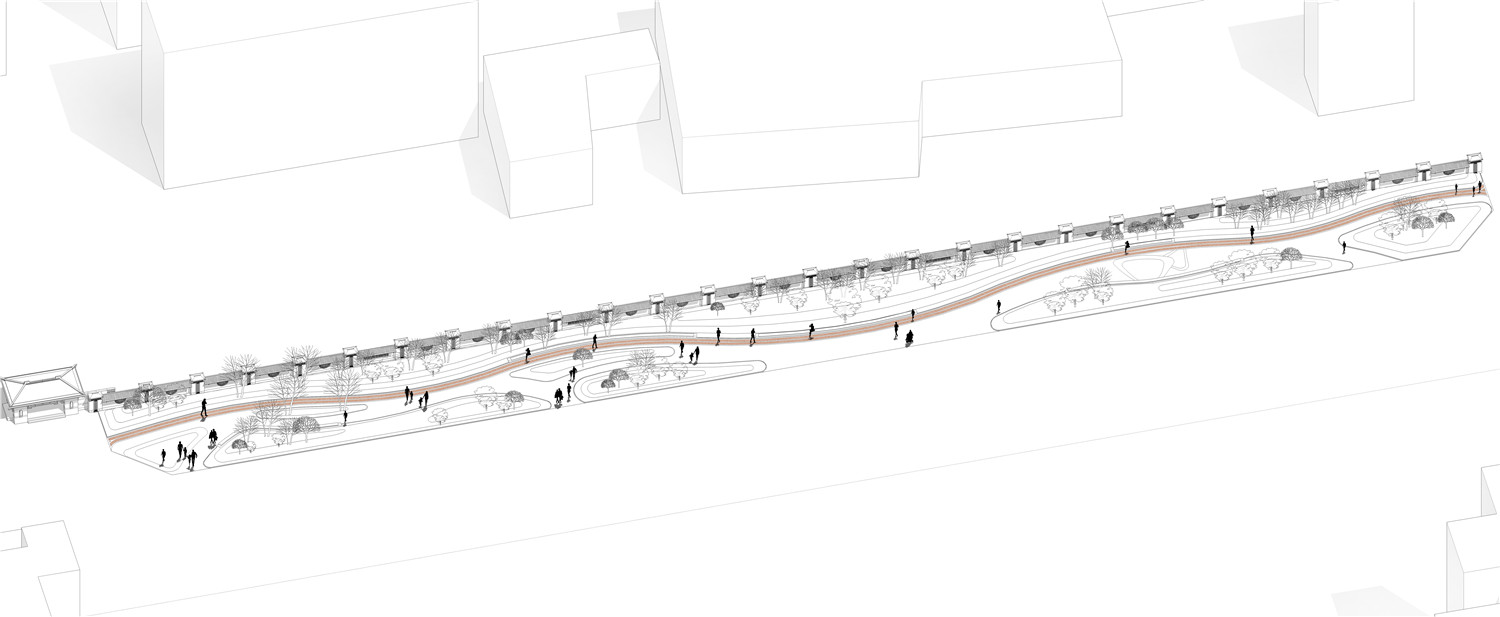
“雄心勃勃的西安要通過(guò)城市擴(kuò)張的三級(jí)跳�,立馬張家堡區(qū)域,劍指渭河兩岸��,在西安地理版圖和經(jīng)濟(jì)社會(huì)發(fā)展史上寫(xiě)下濃墨重彩的一筆����。”
“With great ambition, Xi’an will write an extraordinary stroke in its geographic landscape and economic and social development history, by hop skip and jump in urban expansion, stationing in Zhangjiabao area and pointing to the two banks of River Wei”
就此���,舊城“街景復(fù)興計(jì)劃”應(yīng)運(yùn)而生�。
In response the “Streetscape” for the revival of old towns has emerged.
團(tuán)隊(duì)陸續(xù)以魚(yú)藻路口袋公園���、廟張姚社區(qū)口袋公園為試點(diǎn)�,嘗試探討小尺度的城市公共空間改造藝術(shù)。并逐步推廣這一模塊化口袋公園的建設(shè)方式��,以復(fù)制性極強(qiáng)的小型公共空間滲透整個(gè)街區(qū)����,形成斑塊之間的聯(lián)動(dòng),完成整個(gè)徐家灣片區(qū)綠網(wǎng)的重生��。在舊與新的更替中�,為快節(jié)奏生活的居民提供一種新穎的生活節(jié)奏,改變街區(qū)的傳統(tǒng)生活方式�。
With Yuzao Road pocket park and Miaozhangyao community pocket park as trials, we attempt to explore small-scale urban public space transformation art and promote construction method of such modularized pocket park. This kind of small-scale public space is highly replicable and can penetrate to the entire block, linking spot by spot, and thus completing revival of green network in the entire Xujiawan area. The substitution of old and new will bring a novel living rhythm to the residents here who are used to a rapid pace of life and change traditional living style of blocks.

圖:口袋公園1.0改造后
“更多的綠地,更慢的城市����。”
“More green land, slower city”
魚(yú)藻路口袋公園成為了設(shè)計(jì)團(tuán)隊(duì)的第一次嘗試��。
Yuzao Road pocket park is our first try.
原場(chǎng)地緊鄰住宅社區(qū)����,但僅供車輛停靠,沒(méi)有任何行人愿意在此停留����,形成了一種疏離冷漠的社區(qū)氛圍����。
The original site abutted residential communities but functioned only as a parking spot; nobody was willing to linger at there, leading to a distant and indifferent community atmosphere.


于是,在設(shè)計(jì)之初����,團(tuán)隊(duì)通過(guò)研究片區(qū)服務(wù)功能及周邊人群使用動(dòng)線,重新梳理場(chǎng)地�,挖掘城市肌理的可塑性,打破傳統(tǒng)單一��、線性的構(gòu)圖��,用曲線重組帶狀空間的格局界限���,慢跑道豐富內(nèi)部色彩��,提升活力�。
In regard of this, we studied the area’s service functions and dynamic route of surrounding users, re-organized the site to explore plasticity of urban texture, and broke up traditional single and linear layout. We reshaped the belt area’s boundary via curves and motivated the site using colorful jogging lanes.

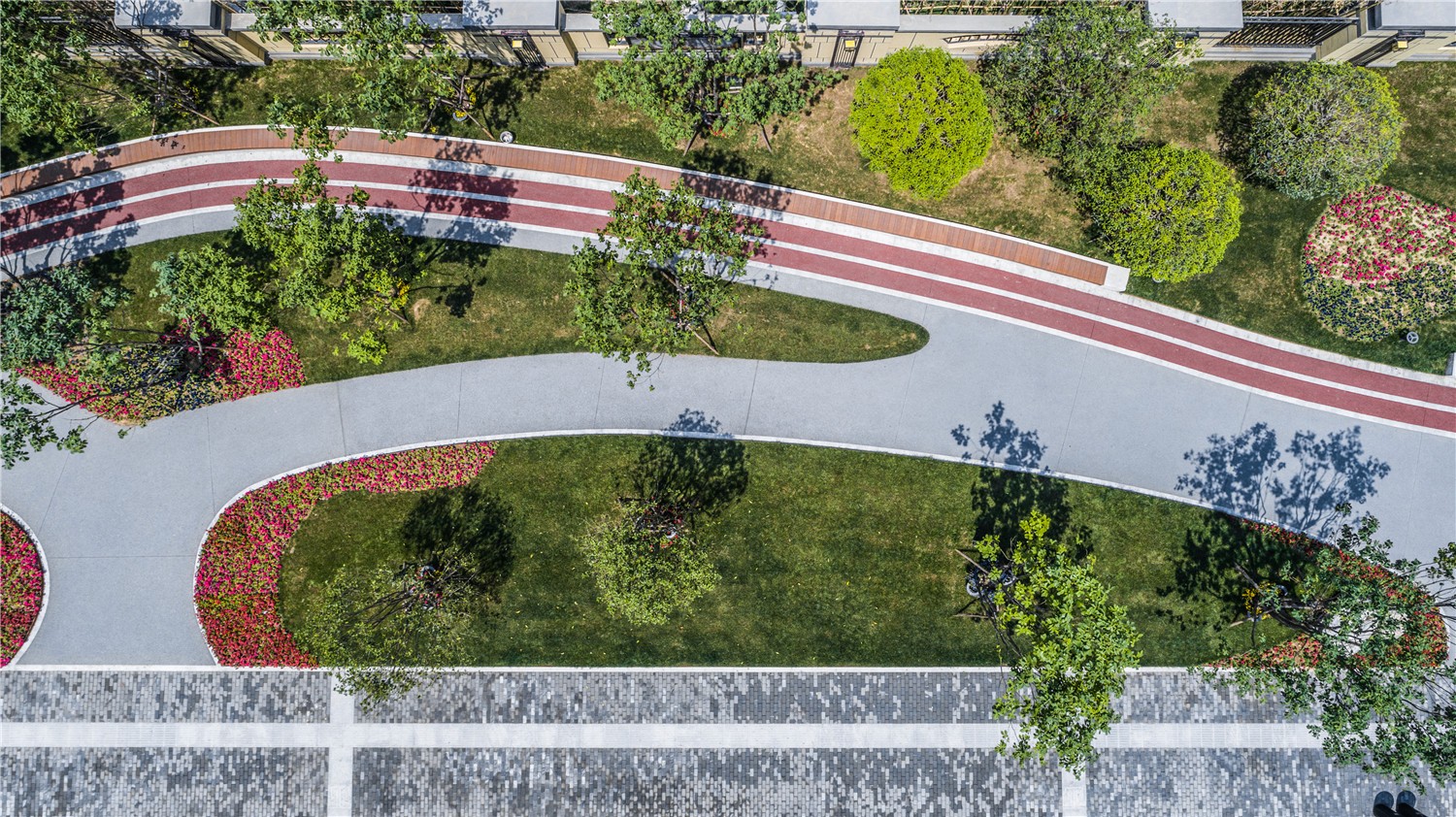
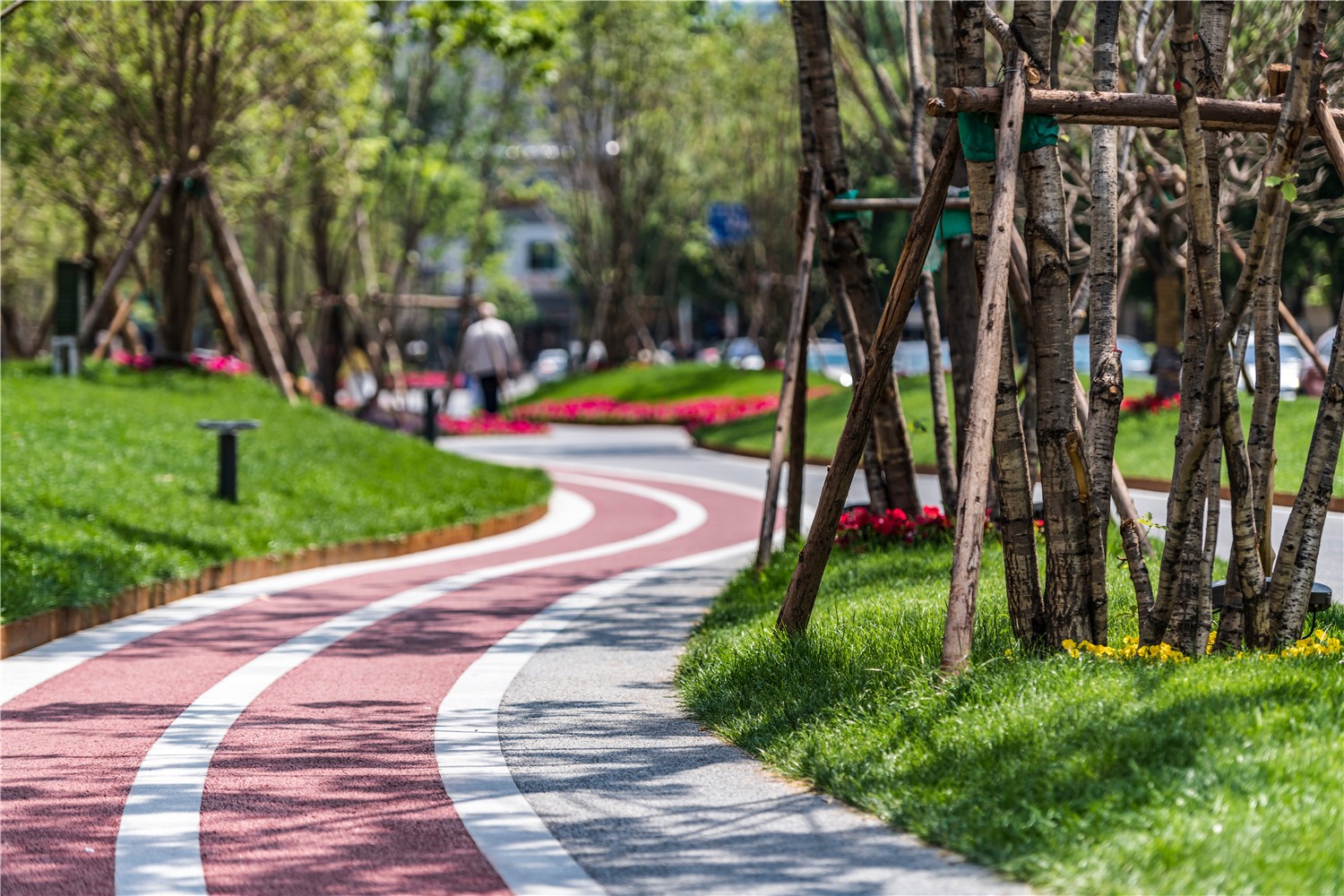
“打造聲舒適��、風(fēng)舒適、人舒適的舒適型片區(qū)口袋公園”
“Create a comfortable pocket park that is sound-, wind- and human-friendly by using new technologies”
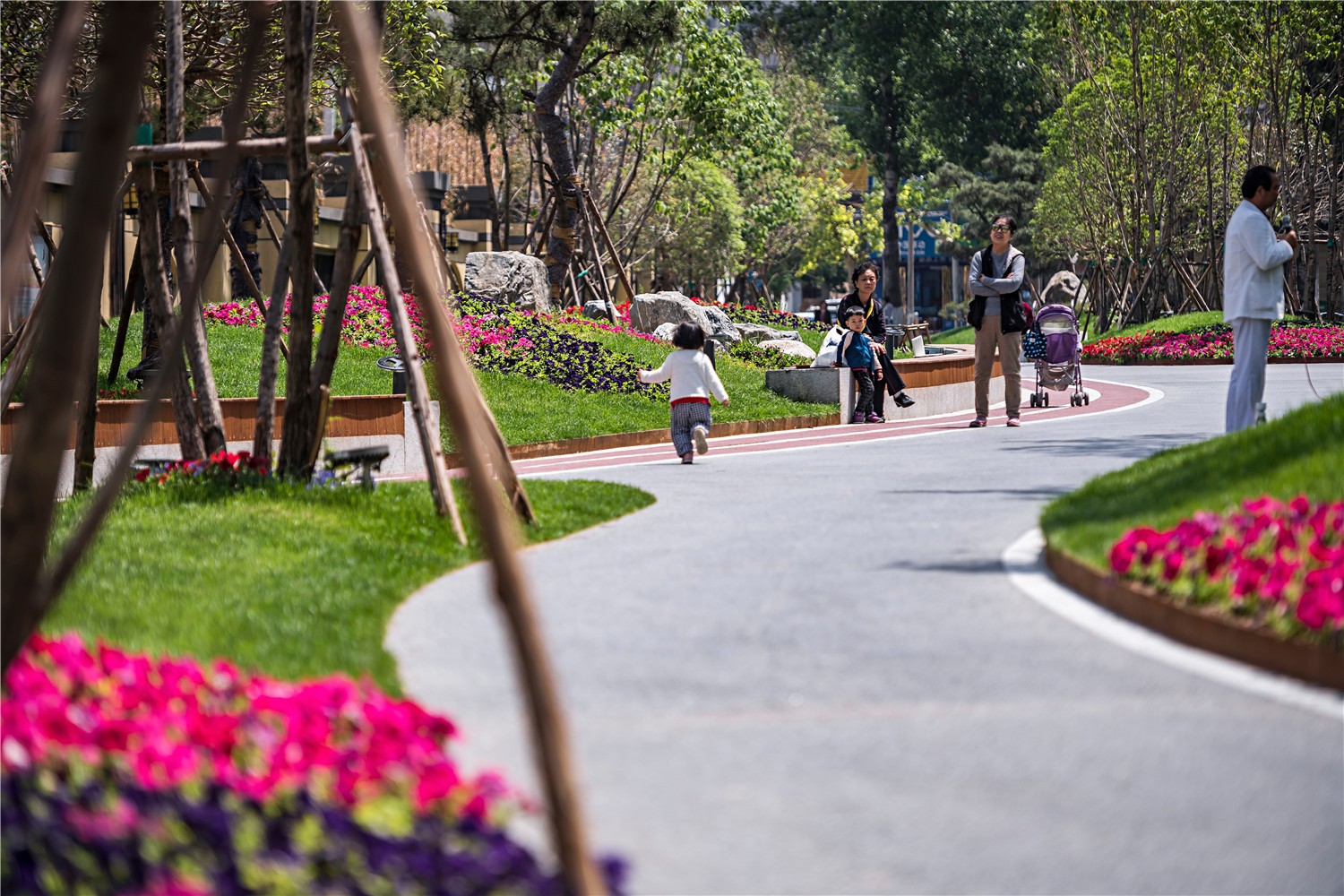
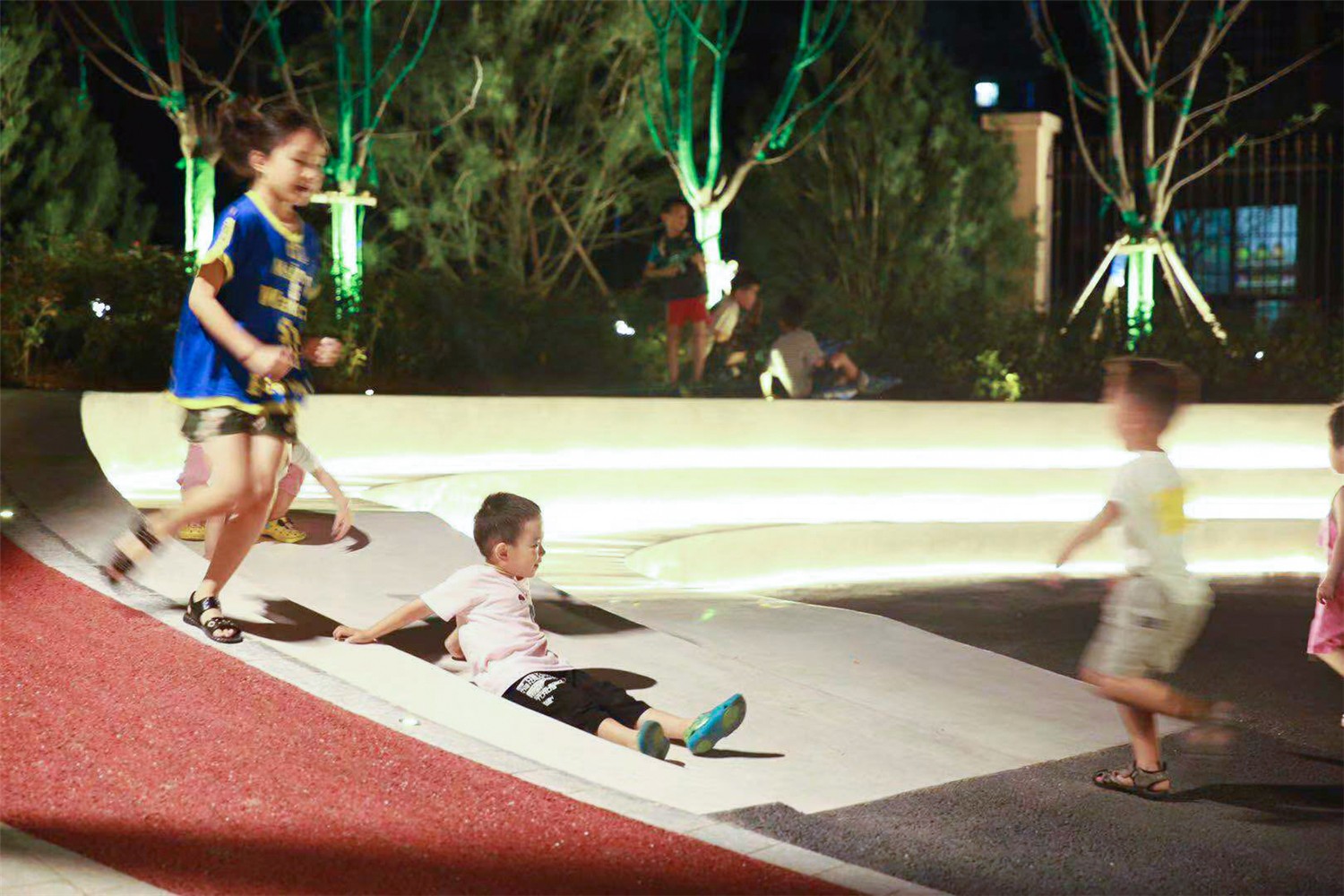
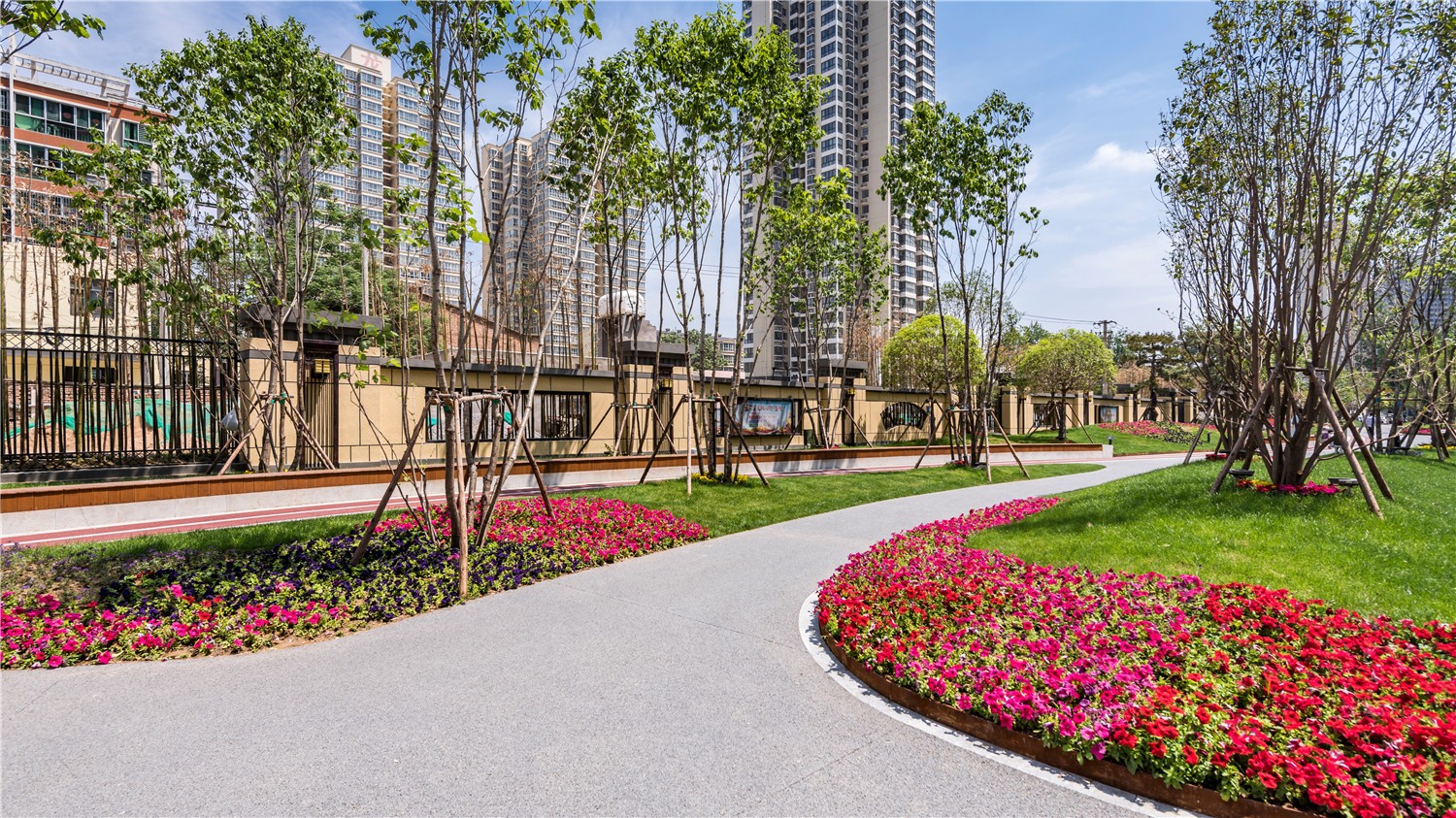
而對(duì)于緊隨其后開(kāi)工建設(shè)的廟張姚社區(qū)口袋公園��,我們稱之為口袋公園2.0����,這一次,在分析太陽(yáng)固定運(yùn)動(dòng)軌跡���、年主導(dǎo)風(fēng)的風(fēng)場(chǎng)特征的基礎(chǔ)上����,通過(guò)疊加冬夏日照充足和陰暗的區(qū)域��,明確適合冬夏活動(dòng)的場(chǎng)地�,打造夏天可避蔭,冬天可活動(dòng)的口袋公園��,切實(shí)提升人們居住與活動(dòng)環(huán)境的舒適性�、市容的美觀性。這一技術(shù)之前更多的被運(yùn)用于居住區(qū)活動(dòng)場(chǎng)地的設(shè)計(jì)之中��,而市政項(xiàng)目涉獵甚少�。但對(duì)于面域狹窄,四周緊鄰高層建筑的口袋公園來(lái)說(shuō)��,確有其優(yōu)勢(shì)所在。
Miaozhangyao community pocket park, following closely to Yuzao Road pocket park, is called by us as pocket park 2.0. This time we were no longer satisfied with pure plant matching and site shaping; we introduced in more scientific analysis technology instead, that is, wind and sunshine positioning. Based on the fixed movement trail of the sun and wind field characteristic of the yearly dominant wind, we overlay sunshine-abundant area and shadow area in winter and summer to identify a site suitable for winter and summer activities, so as to create a pocket park which, by providing shadow in summer and activities in winter, substantially improves comfort level of people’s living and activity space and make the city more eye-pleasing. Previously such kind of technology was more used in activity space design of residential areas and was seldom used in municipal projects; now its advantages are exerted in pocket parks which have restricted area and abut high-rise buildings.
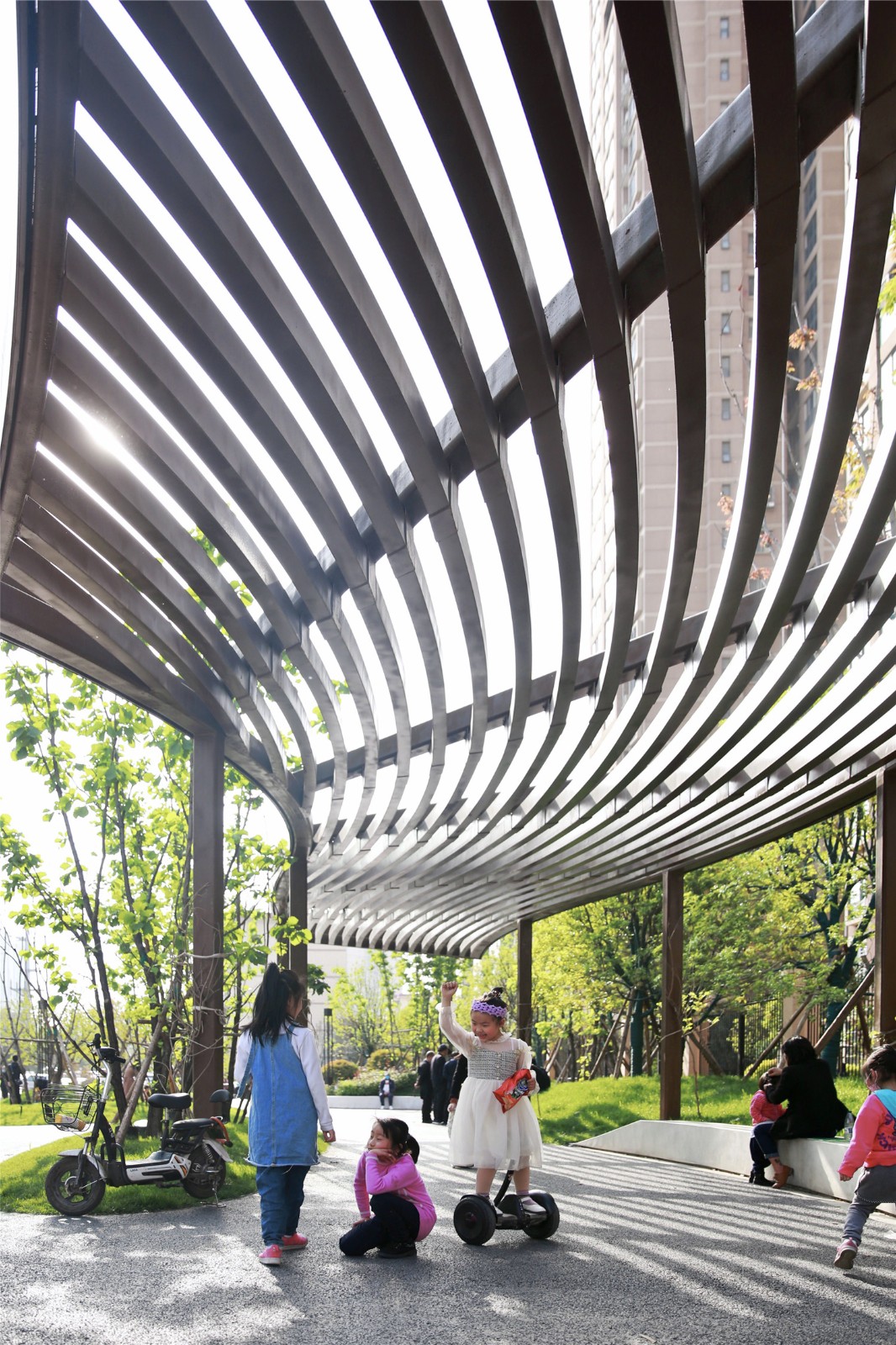
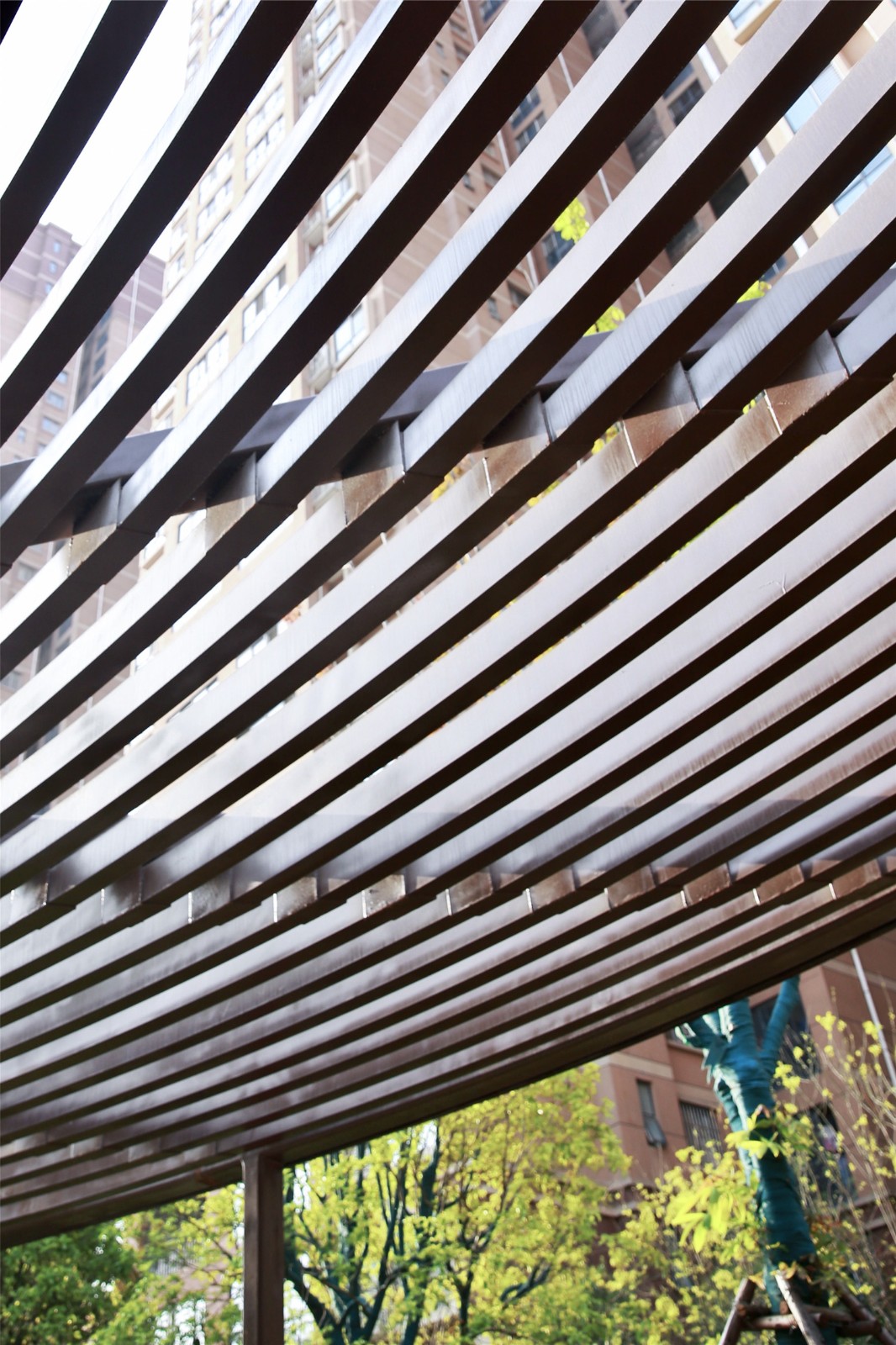
廊架設(shè)計(jì)與本次口袋公園名稱“紅旗公園”相契合���,模擬旗幟迎風(fēng)招展的動(dòng)態(tài)效果����,并形成場(chǎng)所空間——“展旗廊”���。在項(xiàng)目建成后的回訪中我們發(fā)現(xiàn),“展旗廊”的使用率極高���,周邊也被居民自發(fā)的重載了許多新的活動(dòng)模式���,原本廢棄的場(chǎng)地活動(dòng)密度大幅增加,人群溝通的活力與氛圍得到極大改善���。過(guò)去被不便于使用的街區(qū)空間阻斷的社區(qū)文化與歸屬感正在重新建立�。
From return visits after completion of the park we found the residents here invented many new activity modes. The once-deserted site has seen much more intense activities and social communication becomes exuberant in a much better atmosphere. The community culture and a sense of belonging that were once blocked by inconvenient street space are being reestablished.
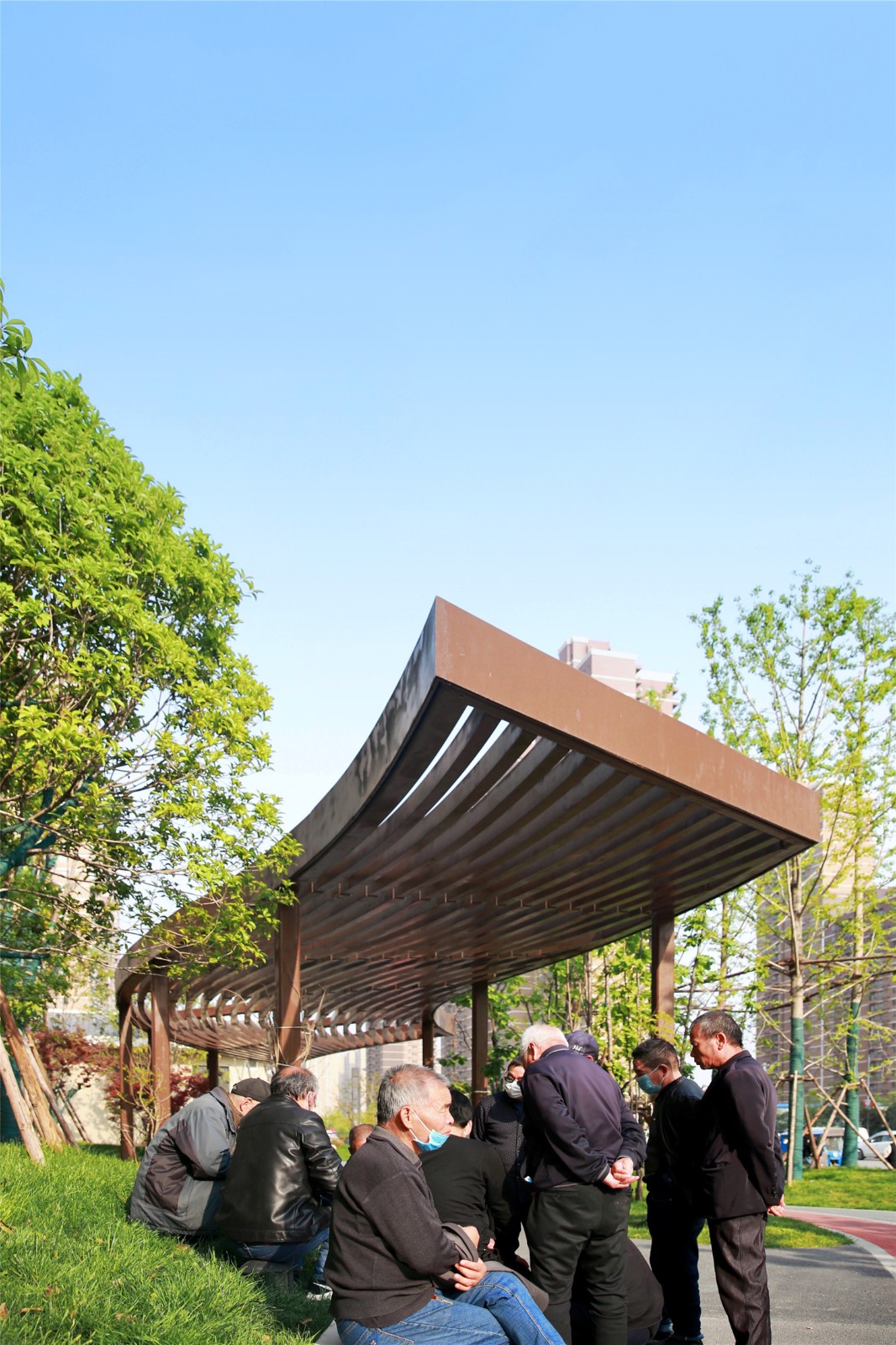
“去�!未來(lái)社區(qū),未來(lái)公園��!”
“Let’s go to the future community and future park!”
現(xiàn)如今��,徐家灣片區(qū)不斷發(fā)展與改革,我們希望在未來(lái)的口袋公園3.0�、4.0、5.0……等等����,嘗試不同的手法來(lái)打造“異人異景”、“因地而生”的口袋公園��,例如對(duì)未來(lái)口袋公園周邊用戶模式和活動(dòng)要求進(jìn)行評(píng)估以及問(wèn)卷調(diào)查����,確定居民對(duì)戶外娛樂(lè)設(shè)施、公園����、小路和開(kāi)放空間的態(tài)度和行為,基于人群的真實(shí)需求為出發(fā)點(diǎn)��,以挖掘未曾在意過(guò)的生活缺失為目的��,摒棄傳統(tǒng)社區(qū)中的功能場(chǎng)所����,打造匹配現(xiàn)代社區(qū)用戶需求的交流、互動(dòng)����、活力中心����,營(yíng)造全新的未來(lái)社區(qū)空間格局����。
Xujiawan area is developing and reforming, where we hope to see future pocket park 3.0, 4.0, and 5.0, etc., and attempt to use various approaches to create pocket parks that vary with users and self-adapt to specific sites. We will, for example, assess and investigate the user mode and activity requirements of residents around the pocket park, ascertain the residents’ attitude and behavior toward outdoor entertainment facilities, parks, roads, and open space. Based on the crowd’s true demand, we will dig the perhaps never-noted missing living demand, abandon function sites in traditional communities, create communication, interaction and vitality center that can match modern communities and build brand new future community space pattern.

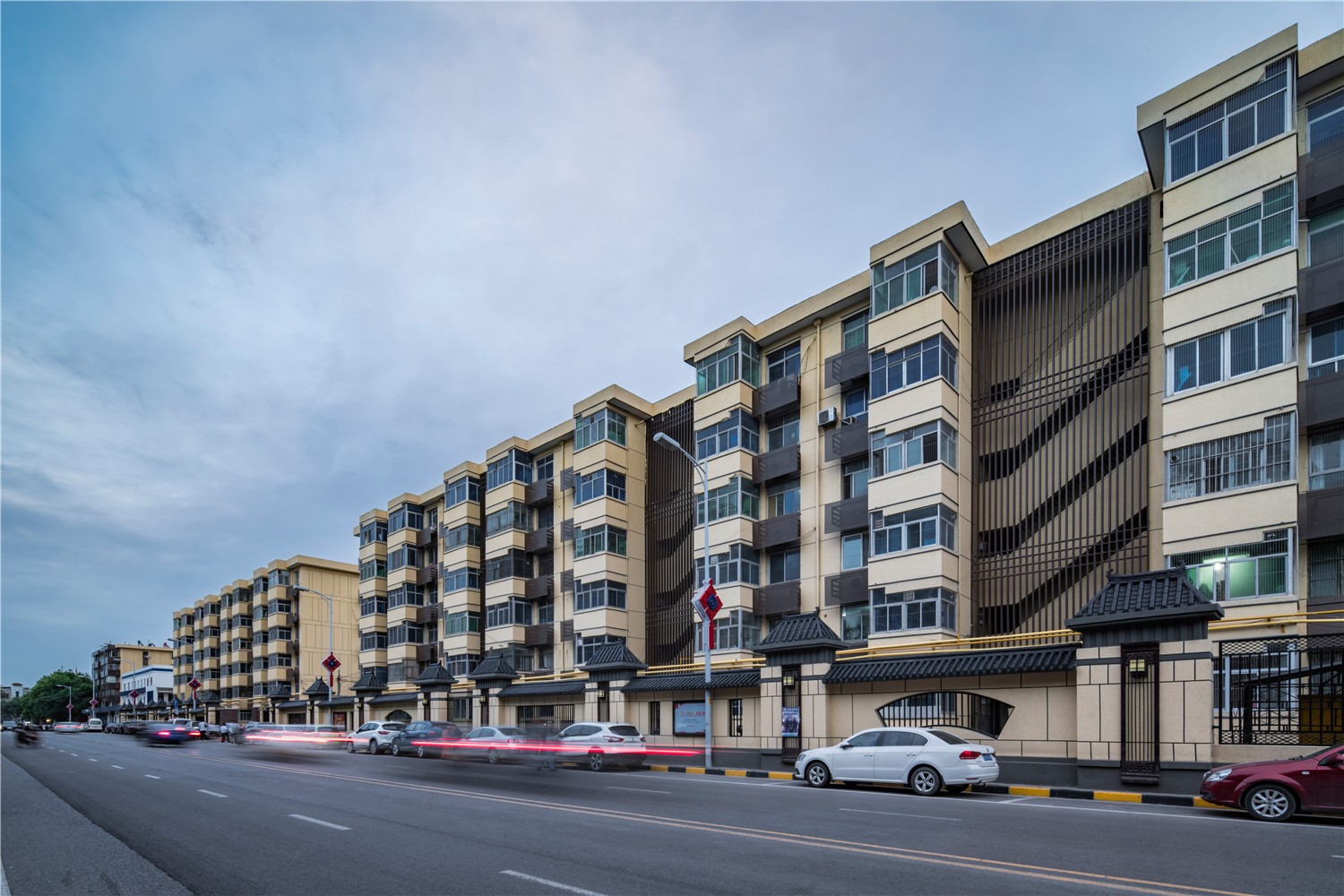
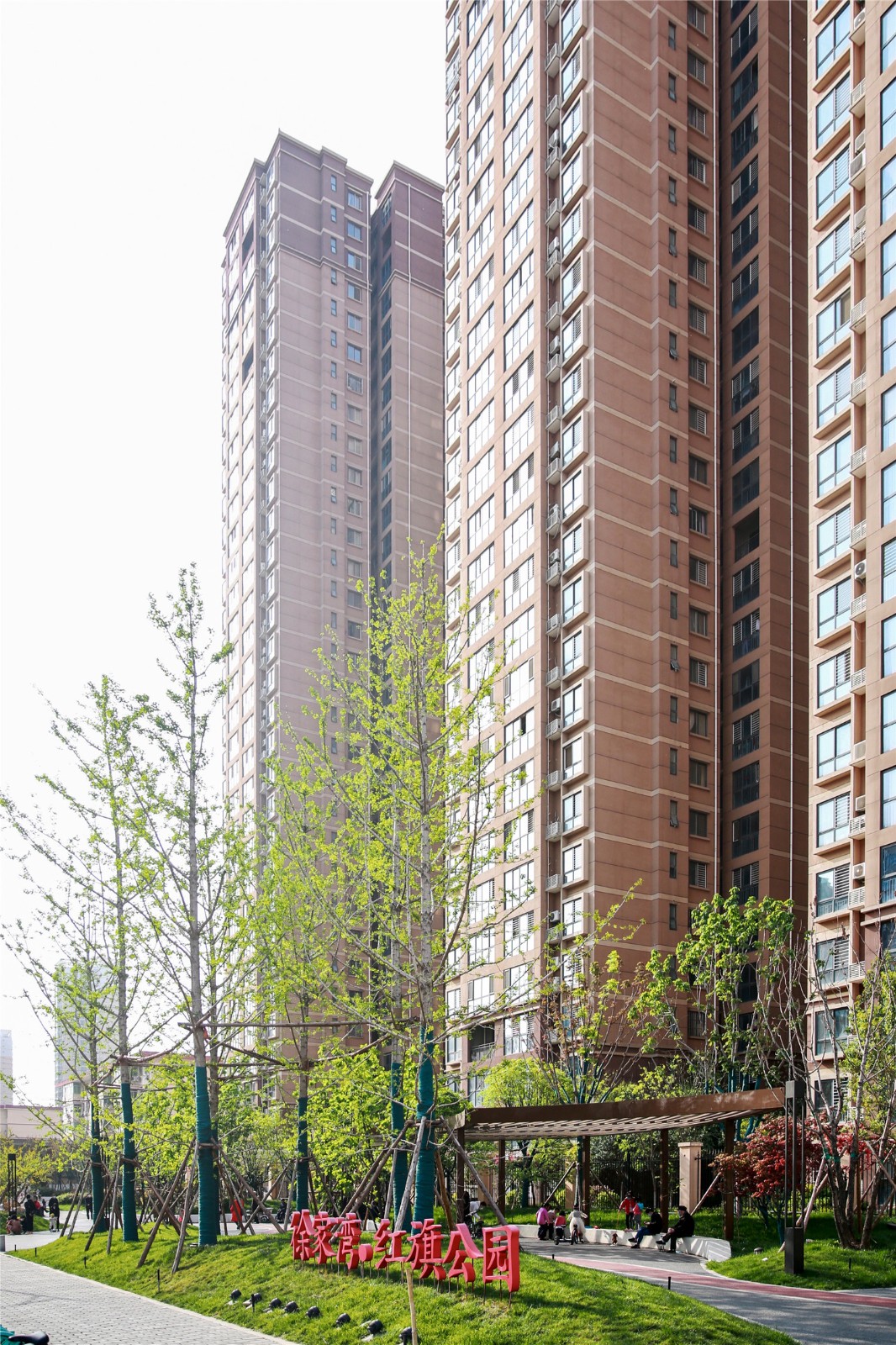
版權(quán)聲明:本文由作者投稿至景觀中國(guó)網(wǎng)發(fā)布,僅代表作者觀點(diǎn)��,不代表景觀中國(guó)網(wǎng)立場(chǎng)��。如轉(zhuǎn)載��、鏈接�、轉(zhuǎn)貼或以其它方式使用本稿��,需注明“文章來(lái)源:景觀中國(guó)網(wǎng)”�。
如有侵權(quán),請(qǐng)與發(fā)布者或我們聯(lián)系�。
投稿郵箱:contact@landscape.cn
項(xiàng)目咨詢:18510568018(微信同號(hào))
 京公海網(wǎng)安備 110108000058號(hào)
京公海網(wǎng)安備 110108000058號(hào)




















